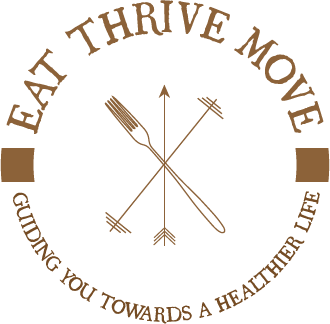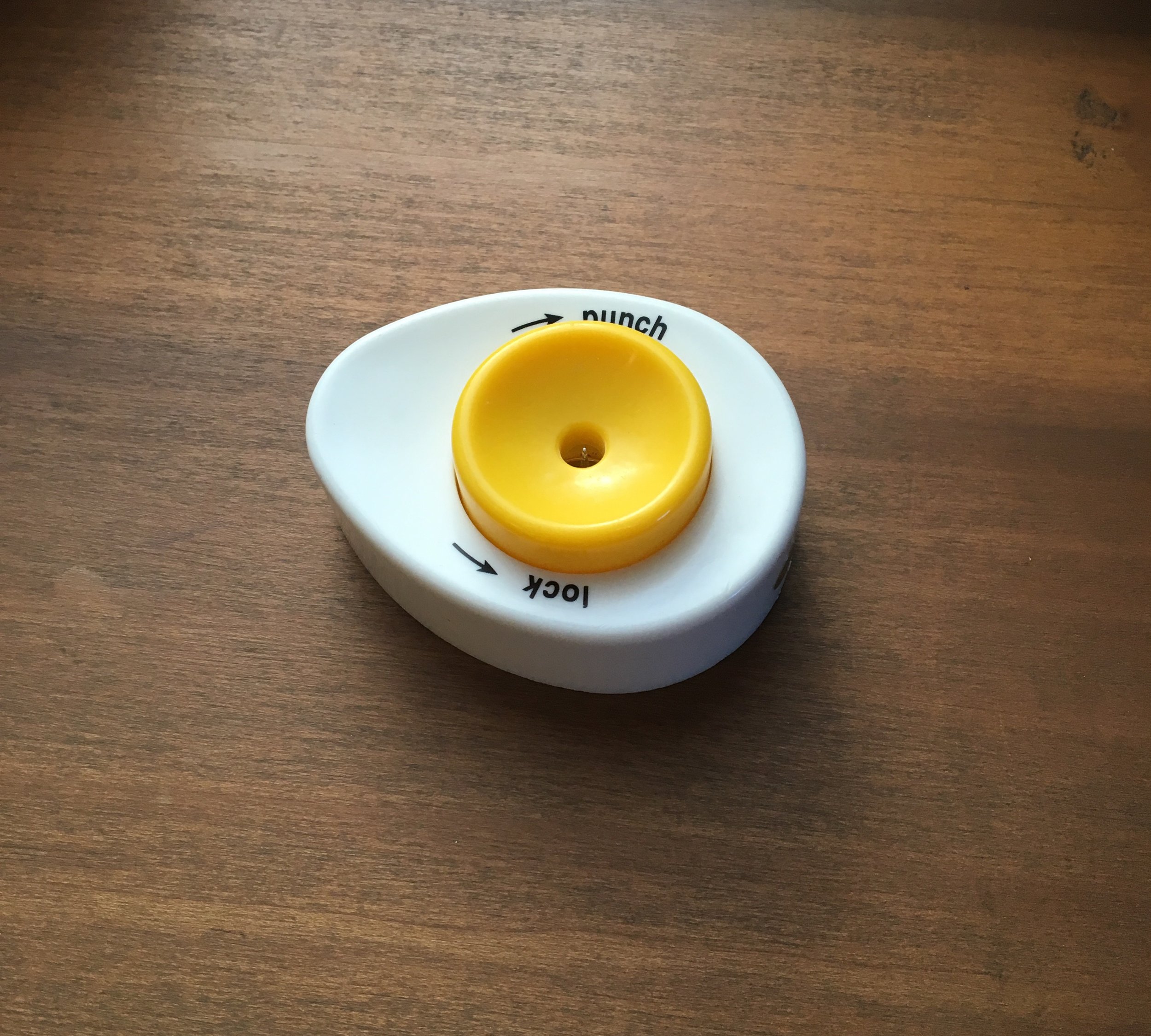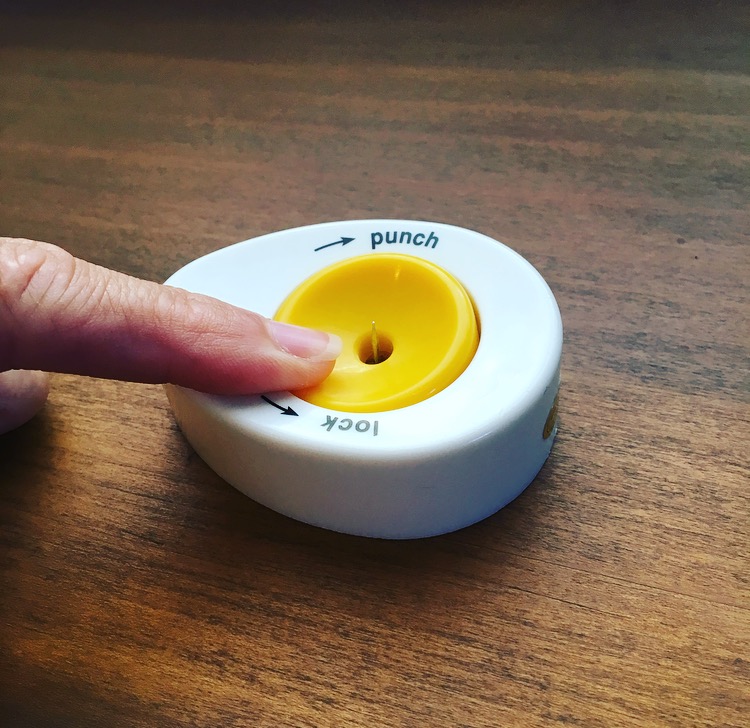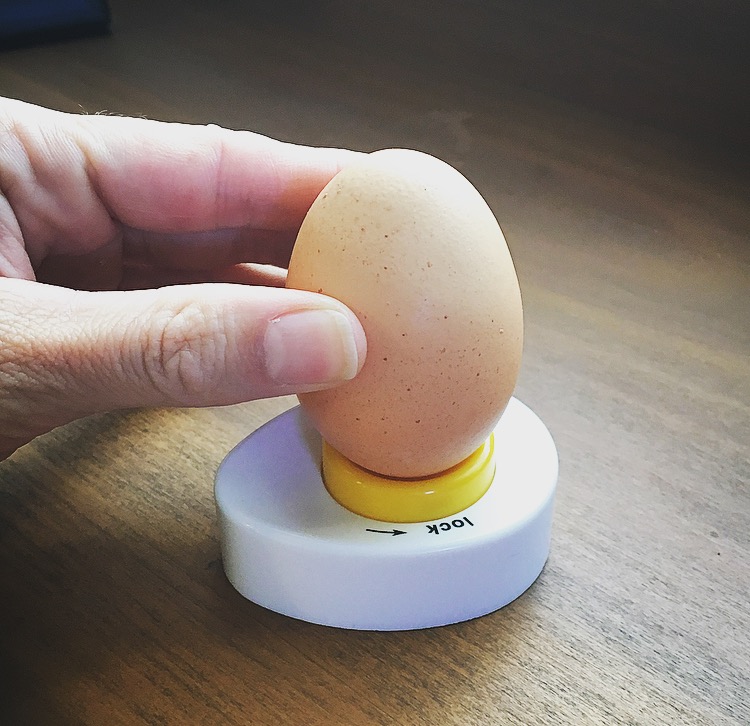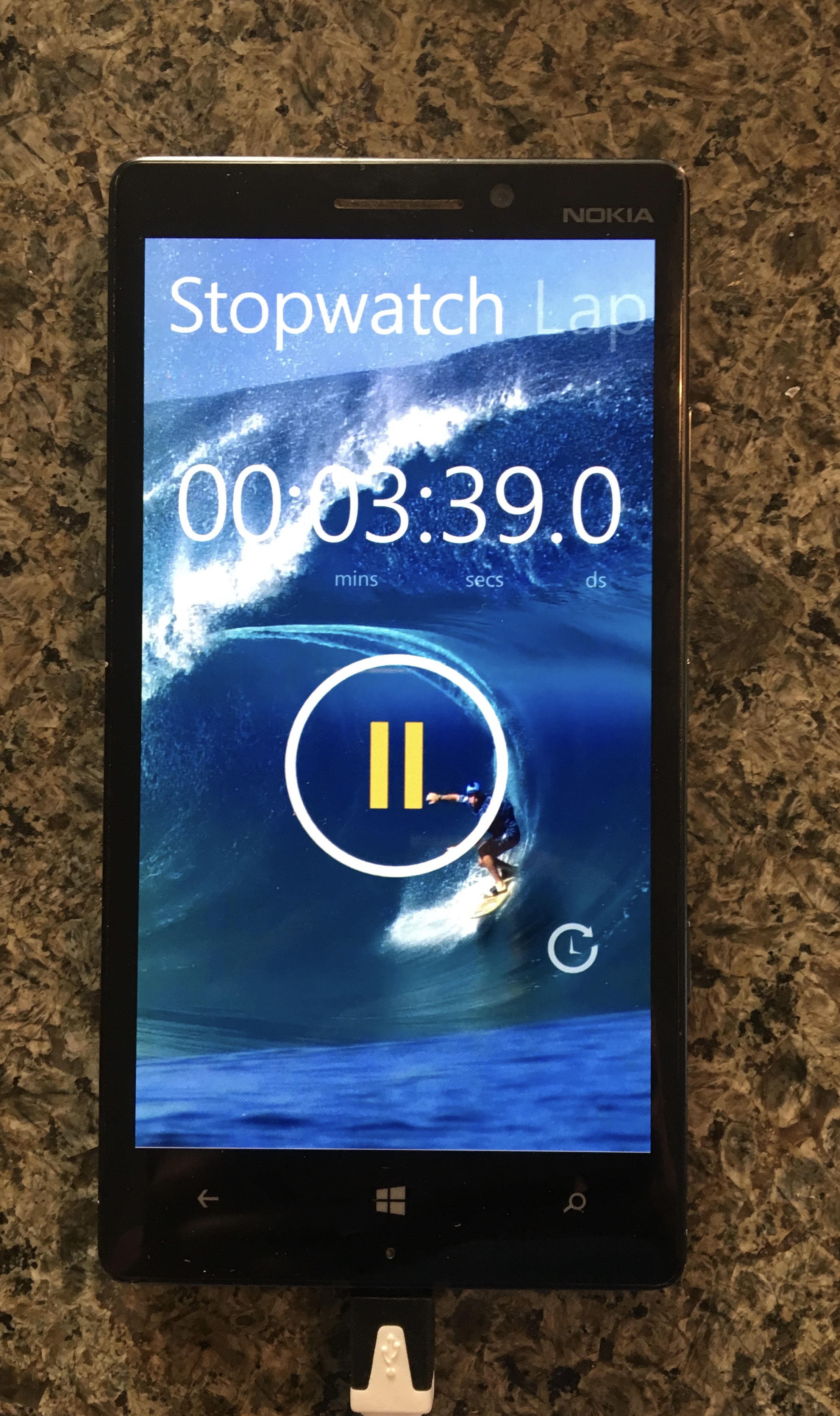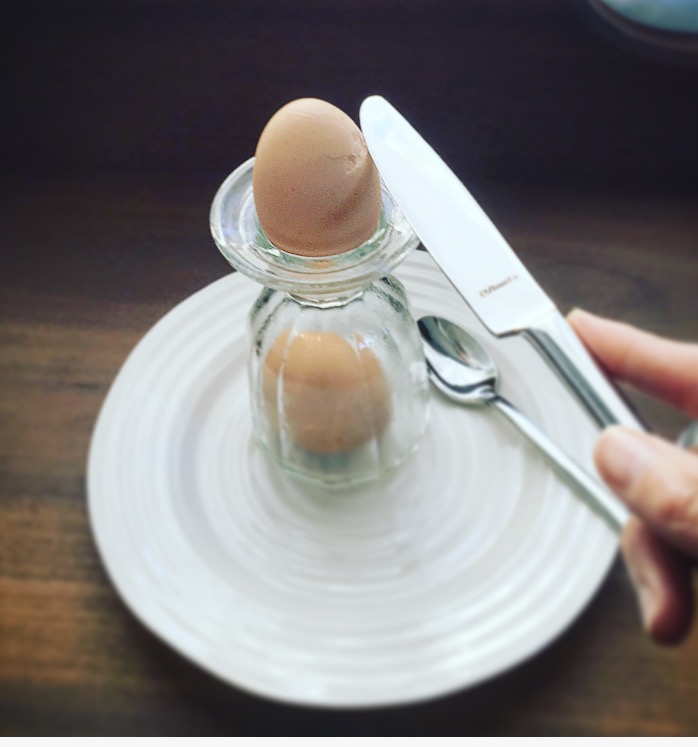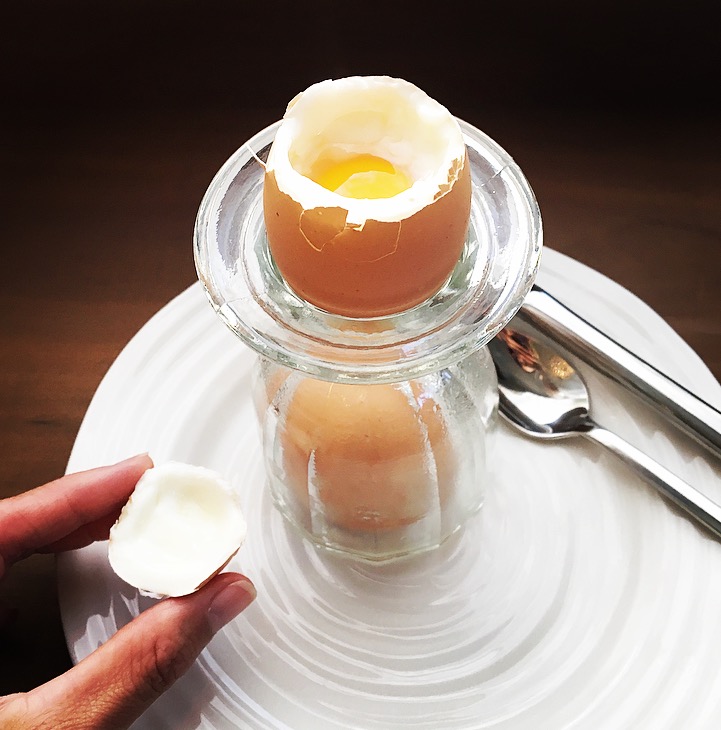The Same Water that Softens a Potato hardens an Egg
/I thought everybody ate soft boiled eggs for breakfast.
Then I started being based in the US and living in furnished rentals on and off, and stocking yachts for American owners, and I found out that this is apparently not really something that people regularly consume here (because nobody had egg cups and they were difficult to find in stores). In the UK and in NZ and Australia, having soft boiled eggs with buttered toast strips cut so you can dip them in the runny yolk is normal. In some countries in SE Asia, half-boiled eggs are cracked from their shells into bowls with soy sauce and pepper added and eaten for breakfast. In Japan, soft boiled eggs are served along side ramen.
I am sure the fear of soft boiled eggs here is likely due to the risk of salmonella, or something similar. Just like how we freak out and wash and then store our eggs in the fridge...NEWSFLASH: eggs are often purchased unwashed and stored at room temperature around the world. Once you wash them you actually remove the protective "bloom" acquired from the chicken and you should refrigerate them. Anyway, one person somewhere maybe got salmonella from eating a soft boiled egg (likely also from a chicken raised in terrible conditions in a factory not suitable for life) and that's that.
We LOVE soft boiled eggs. I used to do the soldiers (toast strips with butter) but now dip other things in my dippy eggs, which could arguably be even tastier!
How to do this:
1. Boil water in a pan. There are a lot of schools of thought on this from only boiling 1 inch of water, but we are basic and simple folks who just make it easy and put some hot water in a small pan that will fit the desired number of eggs...and bring to a boil.
2. I use an egg piercer to poke a tiny pinhole into the fat end of the egg where the air sac is located. Then as I immerse the egg in the water, as it expands, it can bubble out and escape instead of cracking the shell. Egg piercers are not easily found, but work brilliantly. Again, I will mention that if you pierce the shell you can introduce any salmonella bacteria into the egg...how this occurs in boiling water is beyond me, but here is your food safety warning: DO AT OWN RISK. As I have been eating these for roughly 39 years all over the globe and am still living to tell the tale, well, I will let you decide if you want to try this. Enough said.
3. Set a timer. I like my eggs cooked to 4 minutes, so the yolk is runny and the white is a bit soft still. Most people would likely prefer 4.5 minutes, then the white is a bit more solid. Note: Have your egg cup and all the stuff you are using to eat the eggs with done and set up before you immerse the eggs in the water. 4 minutes goes by really quick and any extra time in the water results in a more solidly cooked egg (no longer soft boiled). I have done this by accident several times and ended up eating harder boiled eggs that you cannot dip anything in!
4. Using either tongs or a spoon, lower your eggs into the water. If the water is violently boiling, then turn the heat down slightly so you get a more gentle boil.
You can see this is a gentle boil. Don't throw the eggs in there...be gentle to keep the shells intact.
Cooking time is short, like I said, somewhere between 4-5 minutes. This is a quick meal! I have really cool antique glass egg cups that I can load one egg in the top ready to eat and a second sits underneath keeping warm until its turn. I have been known to roll foil or paper towel into a loop small enough the nestle the egg in (when there are no egg cups). You could also put some uncooked rice or rock salt into a small ramekin to nestle the egg in if you are trying for the first time.
Super awesome egg cups in use.
Use a knife to cut the top off the egg and catch the top cap (usually all cooked egg white) in your free hand. Use a small spoon to scoop it out and eat it.
I like adding cracked pepper and salt to my egg as I am eating it. Sometimes, I might put a small pat of Kerrygold butter in the open end. If you eat toast, then go ahead and dip that toast in the yolk and eat that up!! I have made grain-free seed bread and used that, it is excellent. On Pinterest I have seen some fancy oven zucchini fries with shaved parmesan on top to dip...it looked amazing. However as this is a quick breakfast for me, I likely will never do anything so decadent. More often than not, if I have leftover bacon that I baked off previously, then I heat that and dip it...and really...bacon, what can I say?
Bacon and eggs...what could be better?
If you have never tried to soft boil an egg, I hope I have inspired you to try it. It is SO easy, really tasty, and fast if you have the egg piercer. Without the piercer, you can start the eggs in room temperature water, bring to the boil and immediately remove from the heat and allow them to sit in that water for 1.5 to 2 more minutes...but this process takes a lot longer than how I do it. The egg piercer is also cheap and small.
Happy Breakfast Folks!! ~Dawn
